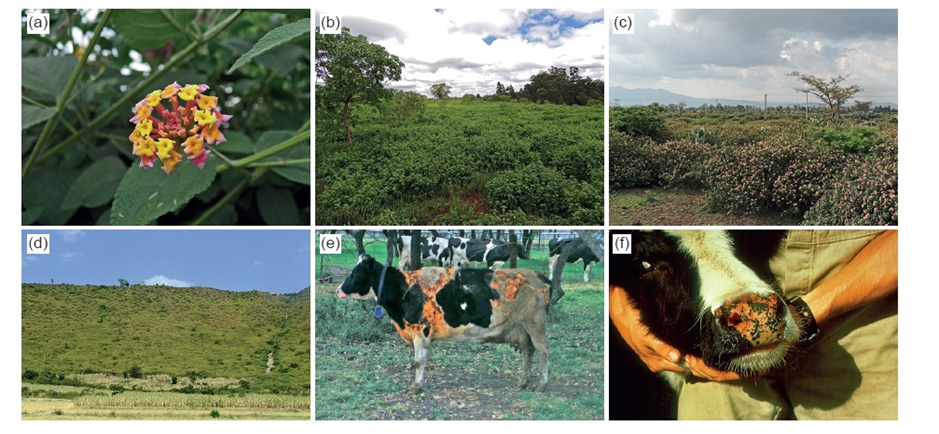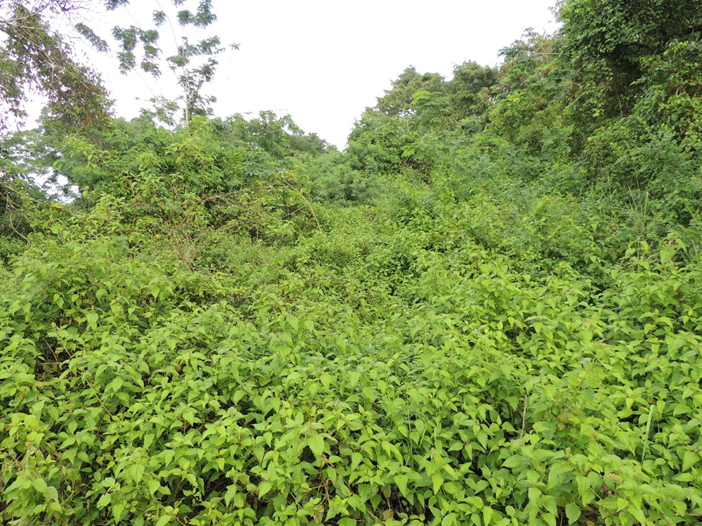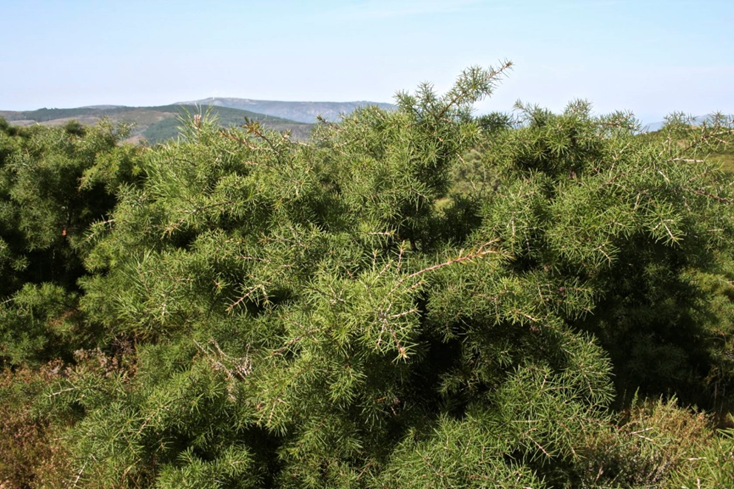A framework for engaging stakeholders on the management of alien species
As conflict of interests around alien species can prevent the success of management actions, an international team of researchers and managers, including C·I·B researchers, have recently developed a 12-step framework for engaging stakeholders on the management of alien species.




